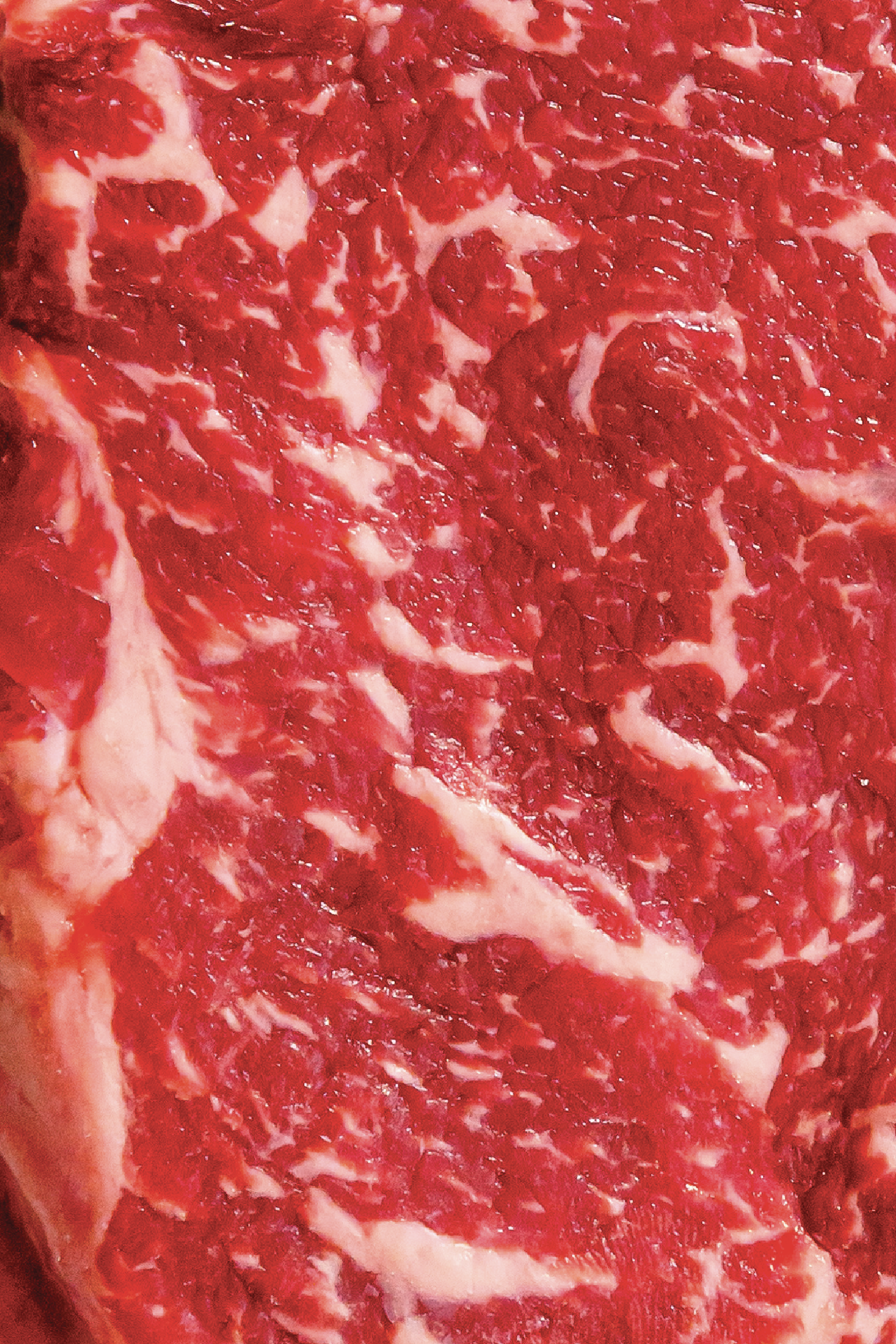News
The three factors that will shape food production in 2022.
Over the past two years, persistent disruptions in supply chains and consumer behavior forced food producers to adapt far more quickly than usual. Yet brands have used the tumult to reshape sourcing policies, refocus how they define “good” and reframe their brand stories. We’ve seen three major trends dominate these changes and expect them to further shape the industry in 2022.
Climate Conversations
Next year promises to be a big year for action on climate-friendly policies as companies and countries follow up on commitments made at the U.N. Food Systems Summit and COP26. Lofty goals to reduce greenhouse gas emissions — particularly methane — may have distant deadlines of 2030 and 2050, but decision-makers are already planning how to adjust sourcing policies. On our 2022 weather map:
Research plans.
Government and corporate leaders want to know that they’re pursuing the most effective solutions. Some have already increased funding commitments to universities and pilot programs to ensure their investments produce real results.
Corporate action.
We expect to see more concrete actions as companies announce and establish programs to meet new sourcing guidelines. These changes will affect supply chains everywhere from farm stewardship to menu choices.
Weather’s climate tie-in.
The consequences of climate change continue to impact supply chains. Widespread drought in the western United States will likely continue through 2022, forcing farmers to make difficult decisions and potentially limiting grocery store availability.

Pursuit of the Perfect Protein
While plant-based proteins stole the limelight in 2021, 2022 will set the stage for the market entry of cell-cultured proteins. As regulators establish safety and labeling standards, the speed of “cultivated meat” production reaching scale and consumers accepting these new products remain subjects of intense conjecture. Plant-based proteins won’t fade away, but cell-cultured options will bring fresh competition to an already-hot protein market. We’re looking out for:
Plant-based competition.
Growth of plant-based protein sales has slowed, but investments continue to pour into the sector. The plethora of new contenders in the market sets the stage for consolidation. We expect to see more of this over the next 12 months.
Cell-cultured protein regulation.
After inviting public comment, the USDA is slated to publish rules for cell-cultured protein labeling next year. At the same time, the FDA is working to establish standards for safe production.
Meat marketing.
Although many meat processors have hedged “protein portfolios” with investments in alternative proteins, we expect these companies to intensify messaging around their products’ tradition, nutrition and sustainability.
Workforce Undergirds Everything
The pandemic elevated workforce issues from an underlying concern to the dominant topic of conversation among industry leaders, and we expect that to continue. Farms, food processing and foodservice outlets all struggled to fill positions pre-pandemic, so the shortage of workers and wave of strikes only mean that workers will have a strong negotiating position going into 2022. Watch out for:
Worker shortages.
After many left food industry jobs at the beginning of the pandemic, recovery for foodservice, processing and agriculture has trailed the economy as a whole.
Strikes and labor disputes.
Momentum from successful strikes in late 2021 will further encourage unions to use the leverage of a tight labor market to fight for increased wages and benefits.
Pandemic safety.
The omicron variant of COVID-19 has revived concerns about the safety of frontline workers. Meanwhile, employers await word on a legal battle over the Biden administration’s vaccine mandate.
With these three topics proving so dominant in the national dialogue, we recommend all food and beverage marketers devote some time to formalizing their perspectives and policies on each. You do not necessarily have to take any actions now, but preparing for these to become potential issues in 2022 makes for a prudent practice. Proactivity beats reactivity every time.
Here’s wishing you and your business strength and prosperity in the coming year.
The Intel Distillery Team

About the Author
Nick has worked in the food industry for decades with brands like Unilever, Nestle Waters, Creekstone Farms Beef, Starbucks and Idaho Potatoes.
Nick is the architect of The Intel Distillery™ our proprietary look at the food production system. By leveraging our databases, we track and understand influential voices in the industry.
When he’s not combing for insights, Nick is an underemployed bicycle mechanic and juniors cycling coach.

